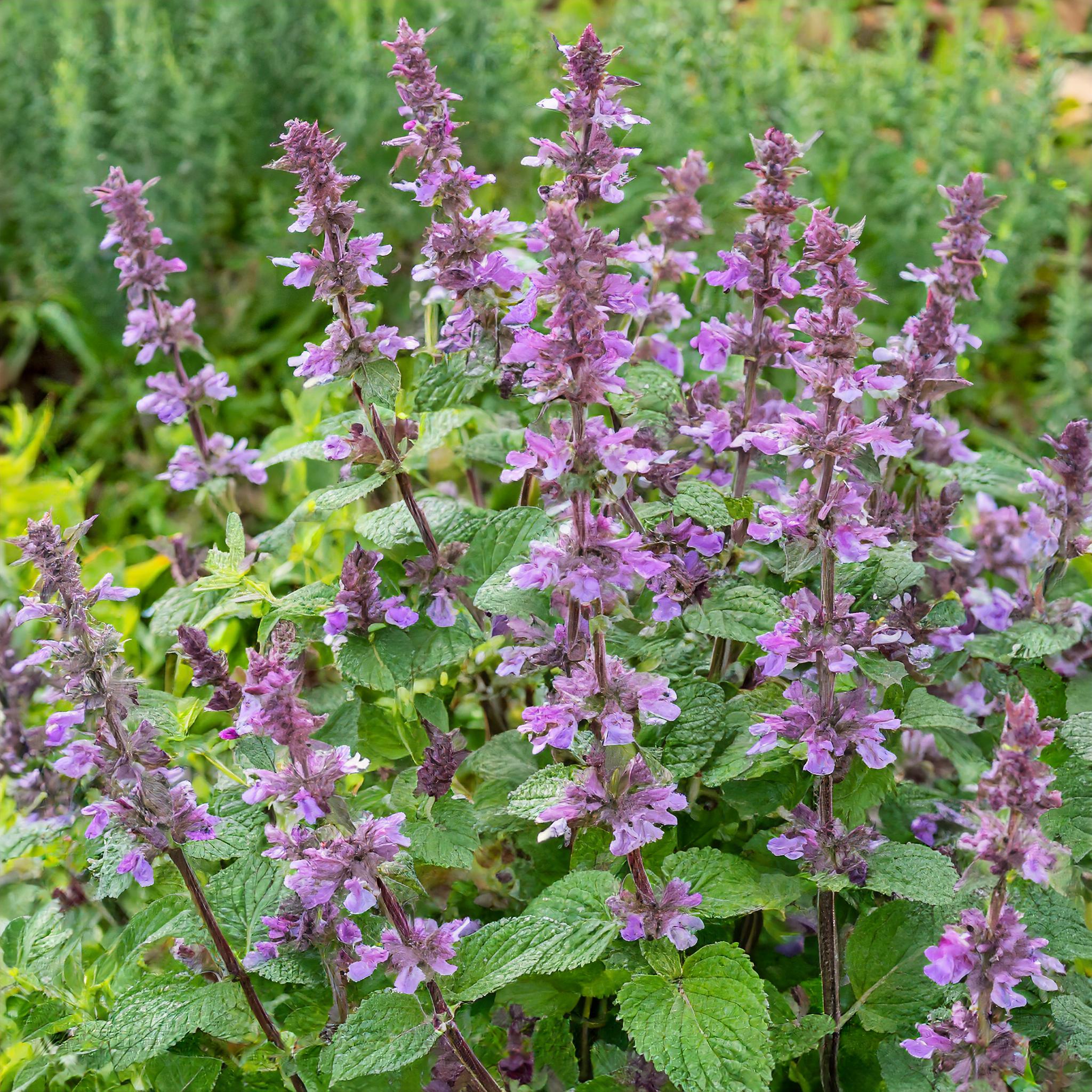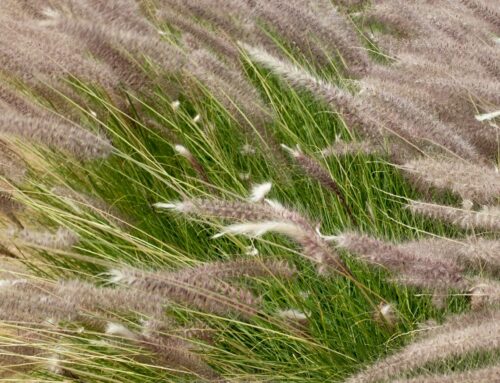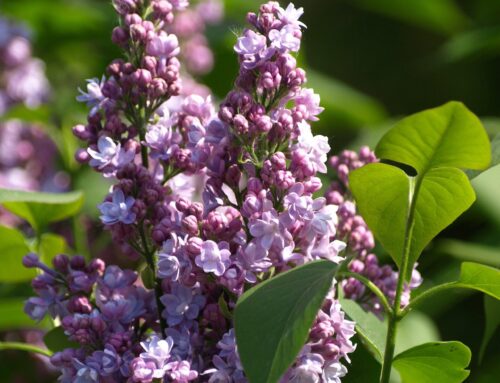Coming from the hardy mint family, catmint (Nepeta) offers a beautiful burst of color multiple times per year with relatively low input. Catmint includes the species catnip, known to be a popular essential oil for domestic cats. Its resilience and willingness to take to poor soil make it a great choice for a beginner garden or filler plant.
- Botanical background:
- Catmint belongs to the Nepeta genus within the Lamiaceae family, along with aromatic herbs such as lavender and rosemary
- Nepeta includes over 250 species native to Europe, Asia, and Africa
- Historic significance:
- The genus name Nepeta may come from Nepete, an ancient city in current-day Italy
- Cultivation of catmint for cats reportedly dates back to ancient Egypt
- Medicinal uses:
- In folk medicine, catmint has been used as an antiseptic and stimulant
- Catmint can be brewed into a tea or extracted into an essential oil
- Horticultural delight:
- Catmint makes a great plant to fill any spaces where soil, sun, and drought hit harder
- Its blooming season starts in late spring into summer, then again in early fall
- Landscape design:
- Its low-maintenance nature and resilience to drought make it a favored choice for embellishing borders, rock gardens, and containers
- Catmint’s aroma acts as a repellent to many common garden pests
- Cultivation and care:
- Catmint thrives in well-drained soil and prefers full sun to partial shade, though it tolerates a range of growing conditions, including poor soil and drought
- Division every few years rejuvenates overcrowded clumps, promoting vigor and longevity in established plantings
- Environmental benefits:
- Its nectar-rich blooms attract pollinators, including bees and butterflies, fostering biodiversity and supporting the broader ecosystem
- As a drought-tolerant species, catmint aids in water conservation and soil stabilization





